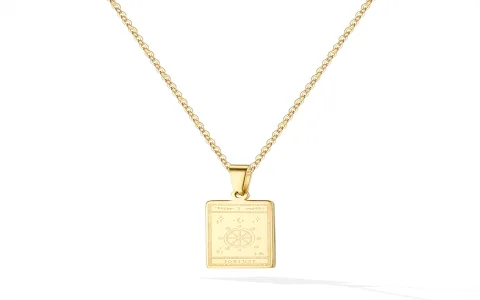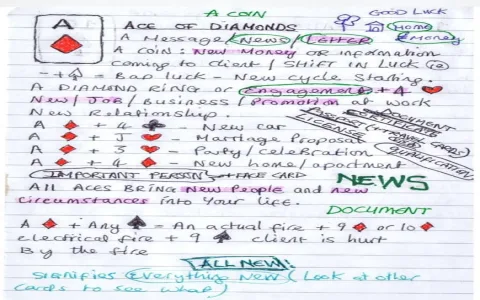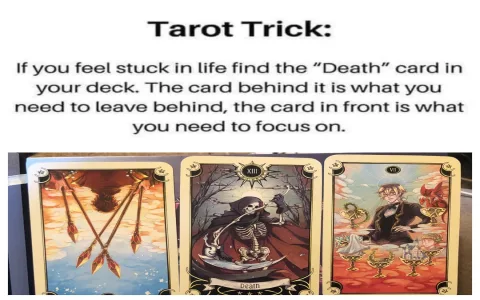How I Dragged Myself Into the Tarot Challenge
I’ll be real with you, I always thought the whole tarot thing was absolute nonsense. I mean, I run systems, I manage budgets, I deal with cold, hard facts. If you told me three months ago I’d be meticulously logging daily card pulls, I’d have laughed you right out of the room. It sounded like something you do when you’ve run out of real problems to solve. But life has a way of tripping you up, doesn’t it?
My own journey into this mess, frankly, started with boredom and sheer desperation. I was sitting on a massive decision—do I retire early, or do I take on this last, high-stress contract? I had crunched the numbers six ways to Sunday. I consulted financial advisors, I read self-help garbage, and all I got was conflicting advice and a splitting headache. I was paralyzed, stuck in the analysis loop.
Then, my nephew, who’s into all that crunchy-granola stuff, mentioned this “30-day tarot reading challenge” he found online. He said it was super simple, just pull a card a day. I scoffed. I seriously did. But the idea burrowed in. Maybe, just maybe, looking at something ridiculous could shake loose the real answer. Sometimes the stupidest ideas are the ones that work because they force you out of your comfort zone. So, I decided to play along. My goal wasn’t illumination; it was to prove the whole system was flawed.
Acquiring the Gear and Setting the Rules
The first thing I did was buy the cheapest, most recognizable deck I could find. None of that fancy, glittery artwork. I needed the standard, old-school RWS deck—the one with the confusing medieval pictures. I didn’t want any distractions. I also grabbed a beginner’s book that looked like it was written in the 1980s. I wanted structure, even if the structure was shaky.
To join the challenge, I had to define my personal boundaries. This wasn’t some spiritual quest; it was a logging exercise. I established three basic rules for myself:
- I would only use the standard three-card “Past, Present, Future” spread, or the simple “Card of the Day.” I wasn’t going to mess with the Celtic Cross yet.
- I would journal every single reading, regardless of how meaningless it seemed.
- I would pull a card for a single, specific topic—my career dilemma—for the first two weeks, just to keep the focus tight.
I started on a Monday. I shuffled the cards for maybe five minutes, feeling like an absolute idiot the entire time. Then I cut the deck and pulled the first three cards. The whole process felt clunky and weird.
The Messy Reality of the Daily Pulls
Day one, I drew the Queen of Swords, the Five of Pentacles, and The World. I stared at them. I immediately opened the thick book and started cross-referencing keywords. It was exhausting. The book offered five possible interpretations for each card, and none of them seemed to align with my reality. I spent 90 minutes trying to jam the meanings together, finally settling on a very strained conclusion about needing to “rationally cut losses to achieve completion.”
By Day 4, I was ready to quit. I kept pulling cards that contradicted each other. I got the Tower one day, which is supposed to be catastrophe, but my day was perfectly normal. I got the Lovers the next day, and I’m a happily married man; no major love decisions were happening. I was approaching this like a code that had to compile, but the logic was all over the place.
I realized I was practicing incorrectly. I was relying too heavily on external definitions. I wasn’t reading the cards; I was memorizing the index.
Around Day 10, I threw the book across the room. Okay, I didn’t throw it, but I shelved it hard. I decided to change my methodology completely. If I couldn’t trust the formal definitions, I had to trust my gut.
The Breakthrough: Just Look at the Picture
My new process, which is how I finally managed to stick with the challenge, became drastically simpler. This is the easy guide for beginners, trust me:
- First, Shuffle the deck while thinking about the single question or focus for the day.
- Second, Draw one card only (I dropped the three-card spread entirely for a while).
- Third, Write down the first three words or emotions that the image makes you feel.
- Fourth, and most important: Don’t look up the official meaning until the end of the day.
This simple shift was revolutionary. When I pulled the Eight of Swords, my first feeling was “trapped, blindfolded, self-imposed.” I didn’t need a book to tell me that. I looked at the image and saw restriction. The next day, I pulled the Ten of Cups. Immediate feeling: “Family, joy, finished project.”
I stopped trying to predict the future and started using the cards as a mirror. The challenge suddenly became less about tarot and more about forcing self-reflection. When I logged the Tower, I realized my panic wasn’t about the day’s events, but about my underlying fear of sudden financial collapse if I took the wrong career path.
The challenge, for me, stopped being a mystical exercise and started being a tool for emotional logging. I maintained the daily practice, even when traveling. I carried that worn-out deck everywhere and I consistently logged the feeling before checking the formal meaning.
What I Learned After 30 Days
After 30 days of this grueling, self-imposed logging, I learned one thing: joining the challenge is easy; sticking to the journaling is the hard part. You don’t need to be an expert. You don’t need to know the difference between the Suit of Wands and the Suit of Cups right away. That stuff will come later, if you even care about it.
If you want to join the challenge, here is the secret: just start pulling and writing.
I didn’t get any magical answers about my retirement, but the challenge forced me to face my own anxieties and articulate them clearly through the lens of the cards. I realized I was using my analytical mind to mask my genuine emotional fears about change. Once I acknowledged those fears, the decision about the contract became crystal clear.
So, forget the jargon. Forget the ritual. Get a deck, set your goal—even if the goal is just “survive 30 days of pulling cards”—and start your journal. That’s the only real entry requirement.





